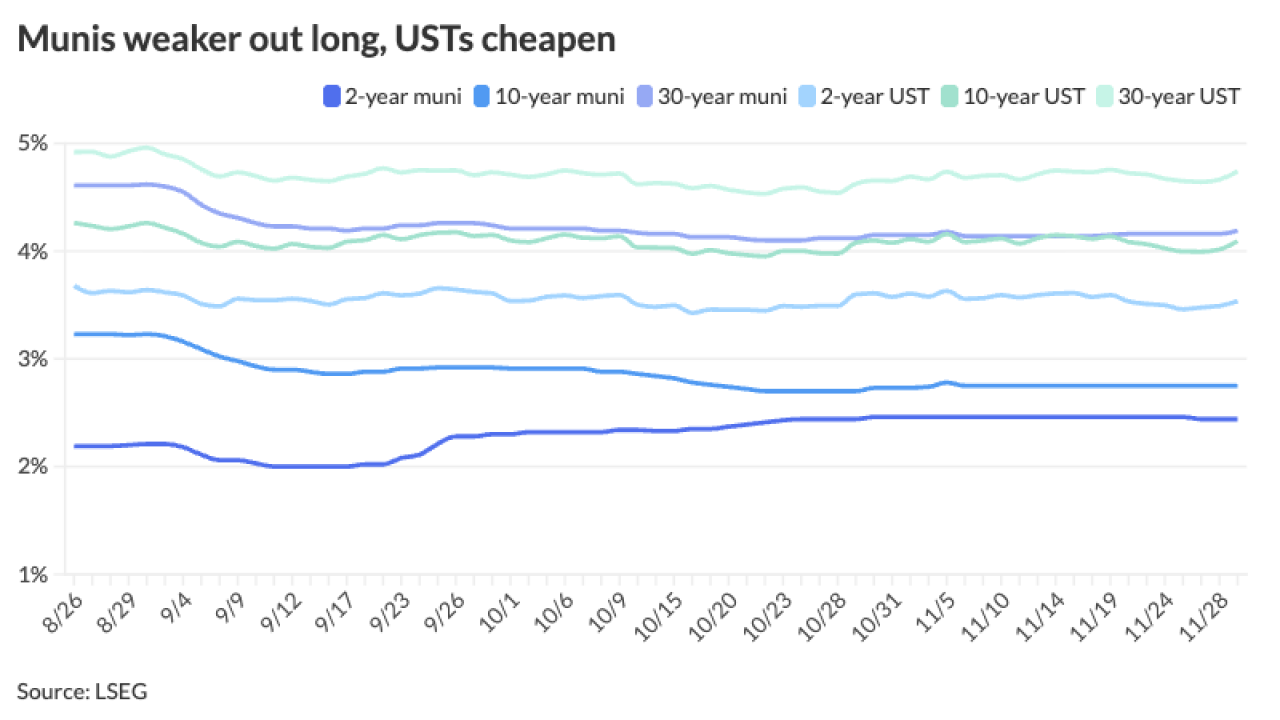State and local government contributions to state pension plans in 2021 reached the highest level in 20 years, continuing a trend that began in the wake of the Great Recession, according to the National Association of State Retirement Administrators.
The contribution levels come on the heels of a strong market performance in 2021 and as state and local governments were awash in federal stimulus cash. But the high levels continue a trend that began several years ago as states implemented pension plan reforms, said Keith Brainard, NASRA's research director.
"We've seen what can only be characterized as a surge in state and local contributions starting in 2014 or 2015," Brainard said. "We've been impressed by the magnitude of the effort to improvement contributions, especially among states that have had a lot of trouble doing so in recent years," he said, singling out New Jersey and Pennsylvania.

Looking forward, 2022's market declines coupled with federal cash running out may increase liabilities while reducing cash on hand, but Brainard said he expects to see incremental increases to continue.
States are flush with double-digit revenue growth over the last two years, which has
Aggregate contributions in fiscal 2021 to the plans reviewed by NASRA increased over the prior year by 6.9%, to $137.8 billion.
The median percentage of the actuarially determined contribution received in fiscal 2021 was 100%, the highest percentage of ADC since 2001 and the seventh straight year in which the aggregate ADC contribution was higher than 90%, NASRA said in the
In the wake of the Great Recession, when market declines increased pension liabilities and tax revenues fell, many states and local entities implemented reforms to their funding and contribution practices, such as increasing contribution rates and reducing amortization periods.
That "unprecedented period of reform" helped boost employer contribution levels ever since, Brainard said.
Also, more public employers have set up dedicated pension funding sources, like New Jersey, which
Despite the strong aggregate contribution levels, individual contribution levels ranged widely across states, with some plans receiving around 60% of their required contributions and others receiving more than 160%. The Texas Employees Retirement System, for example, saw a fiscal 2021 contribution level of 64% and the Illinois Teachers plan 60.9%, while Ohio Teachers plan received a 164.9% contribution and Connecticut state employees retirement system saw a 139.5% contribution level.
Employer contributions made up 76% of all public pension plan contributions in 2021 with the remaining contributions covered by employees. NASRA said that in 2022, state and local government contributions to pension trust funds in recent years account for 5% of all non-federal spending.





